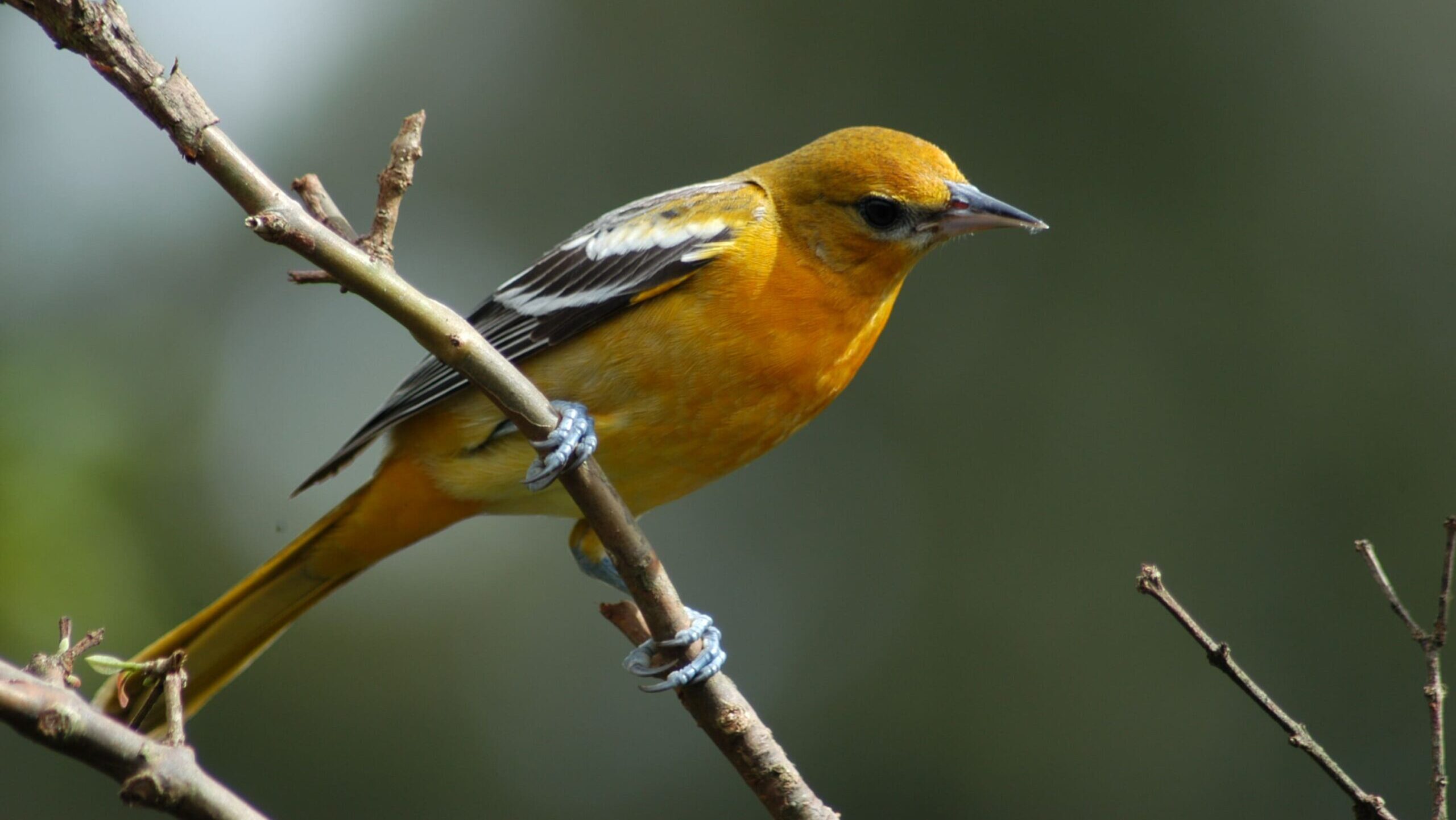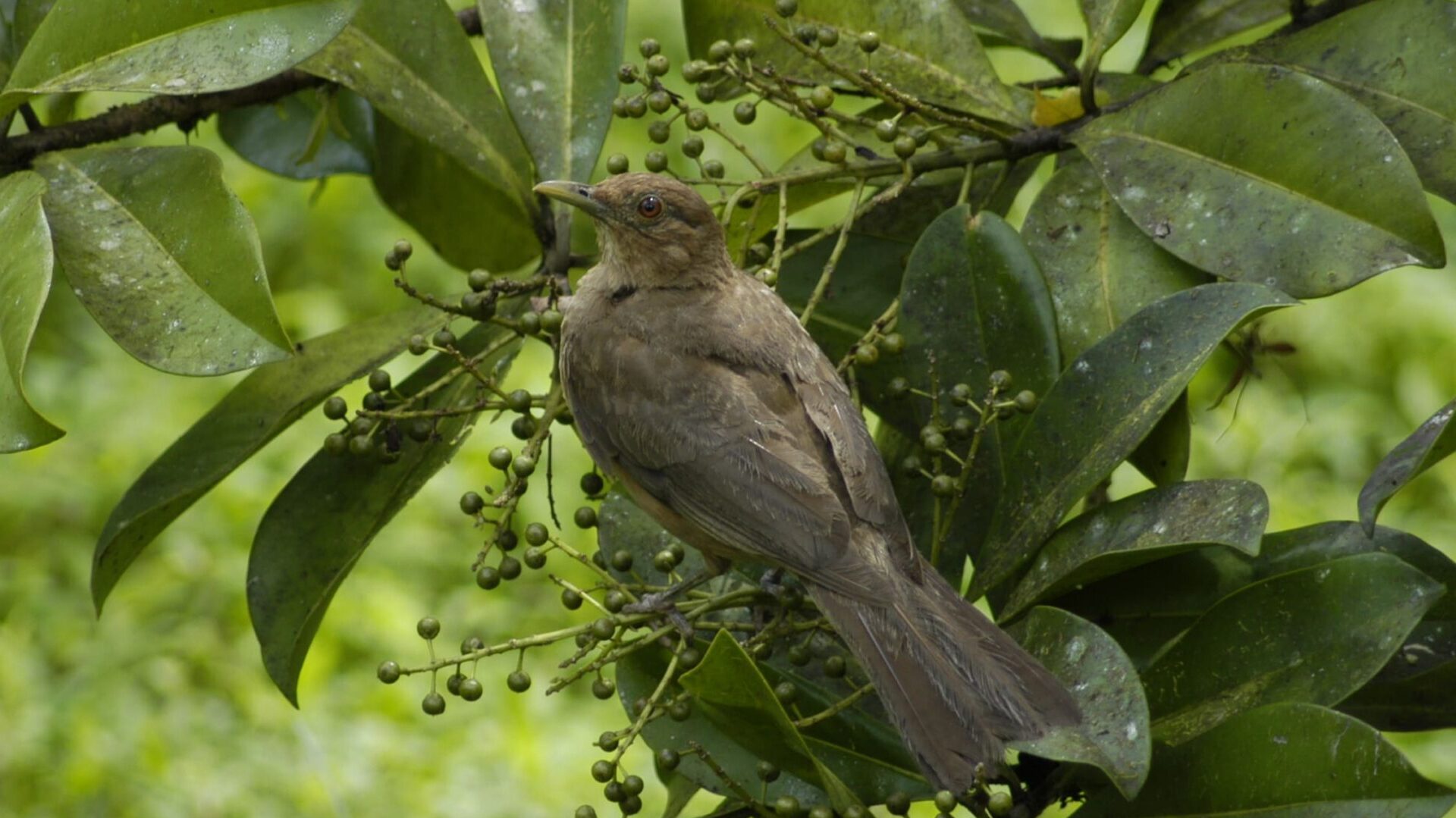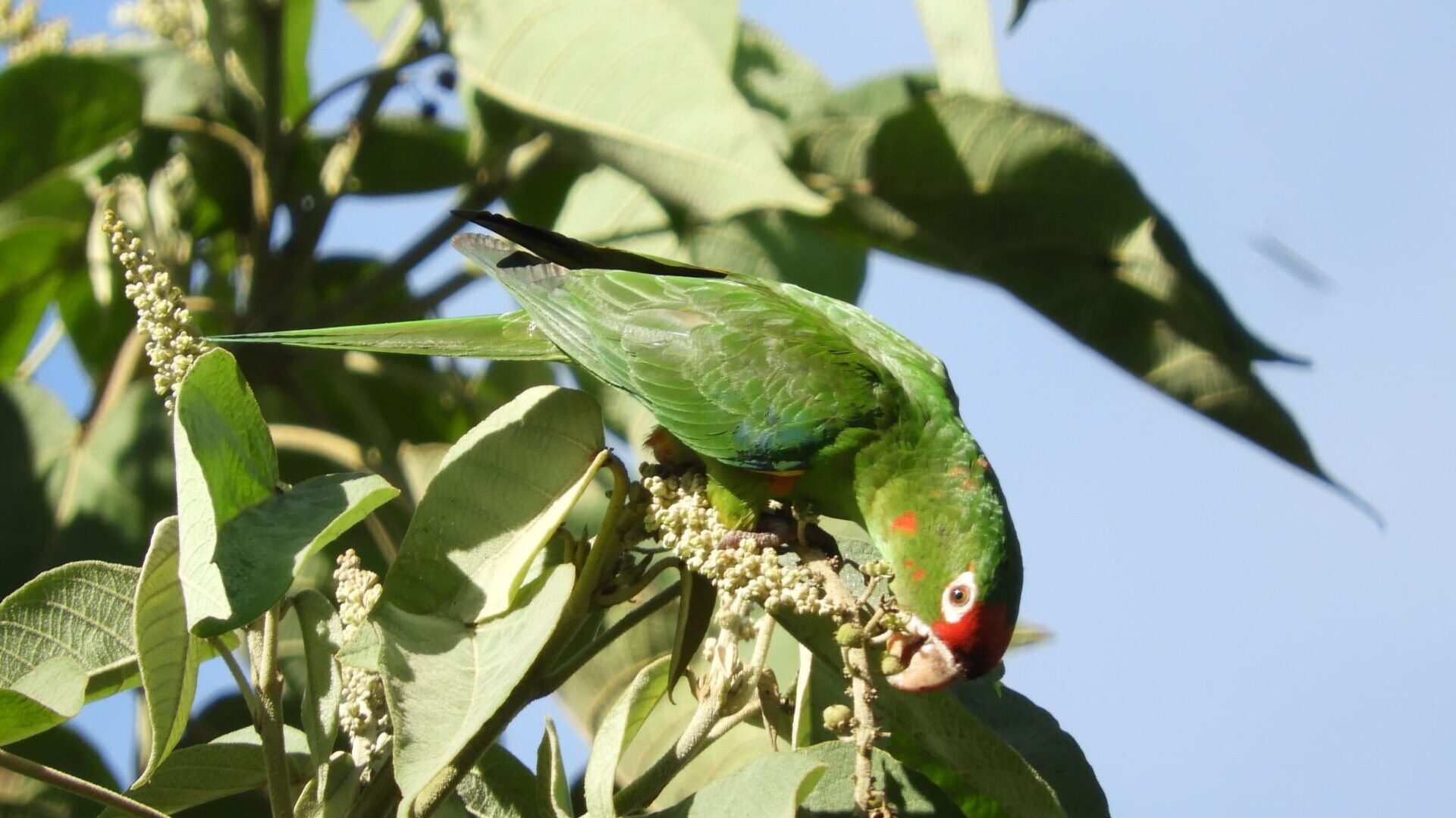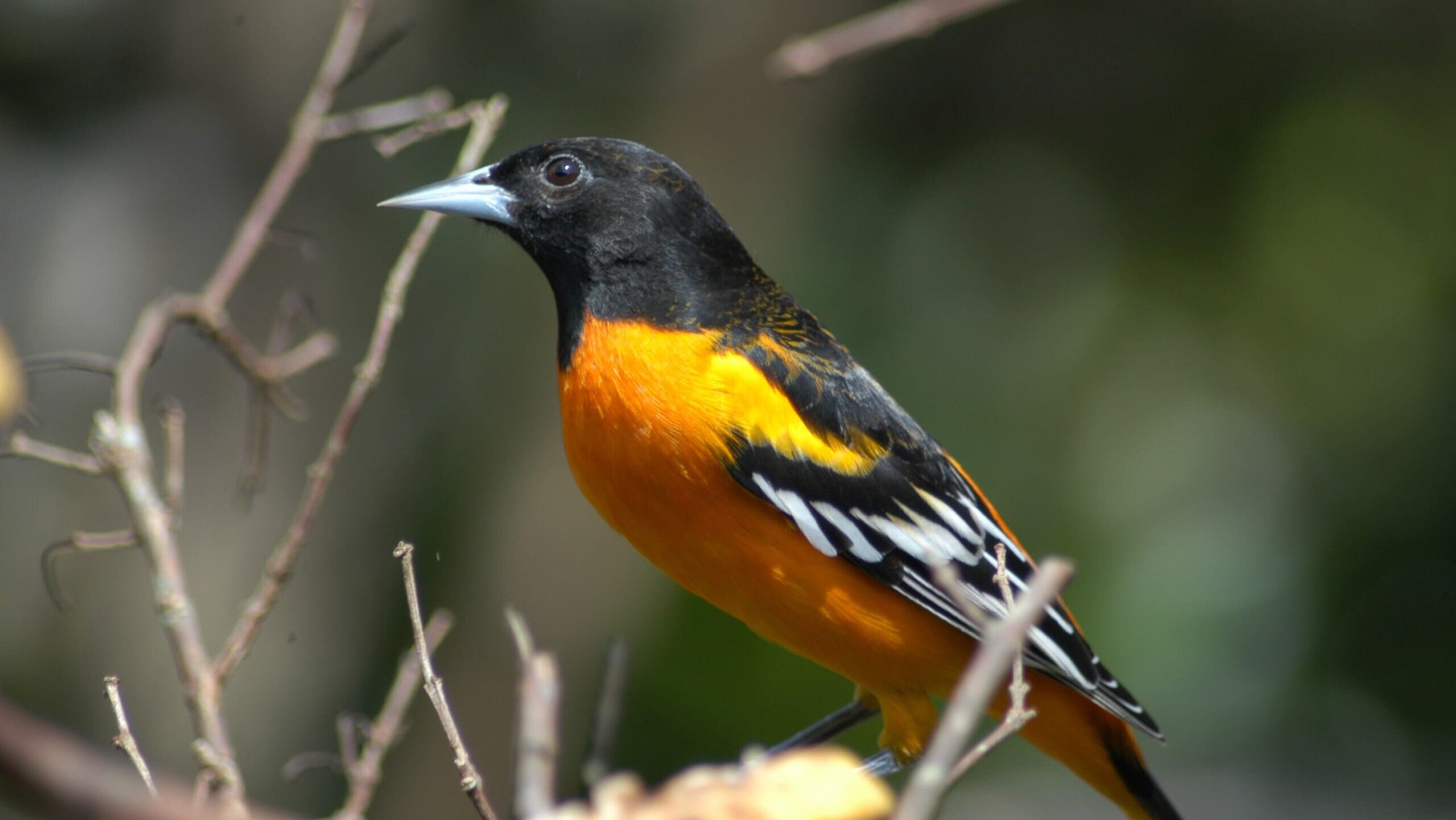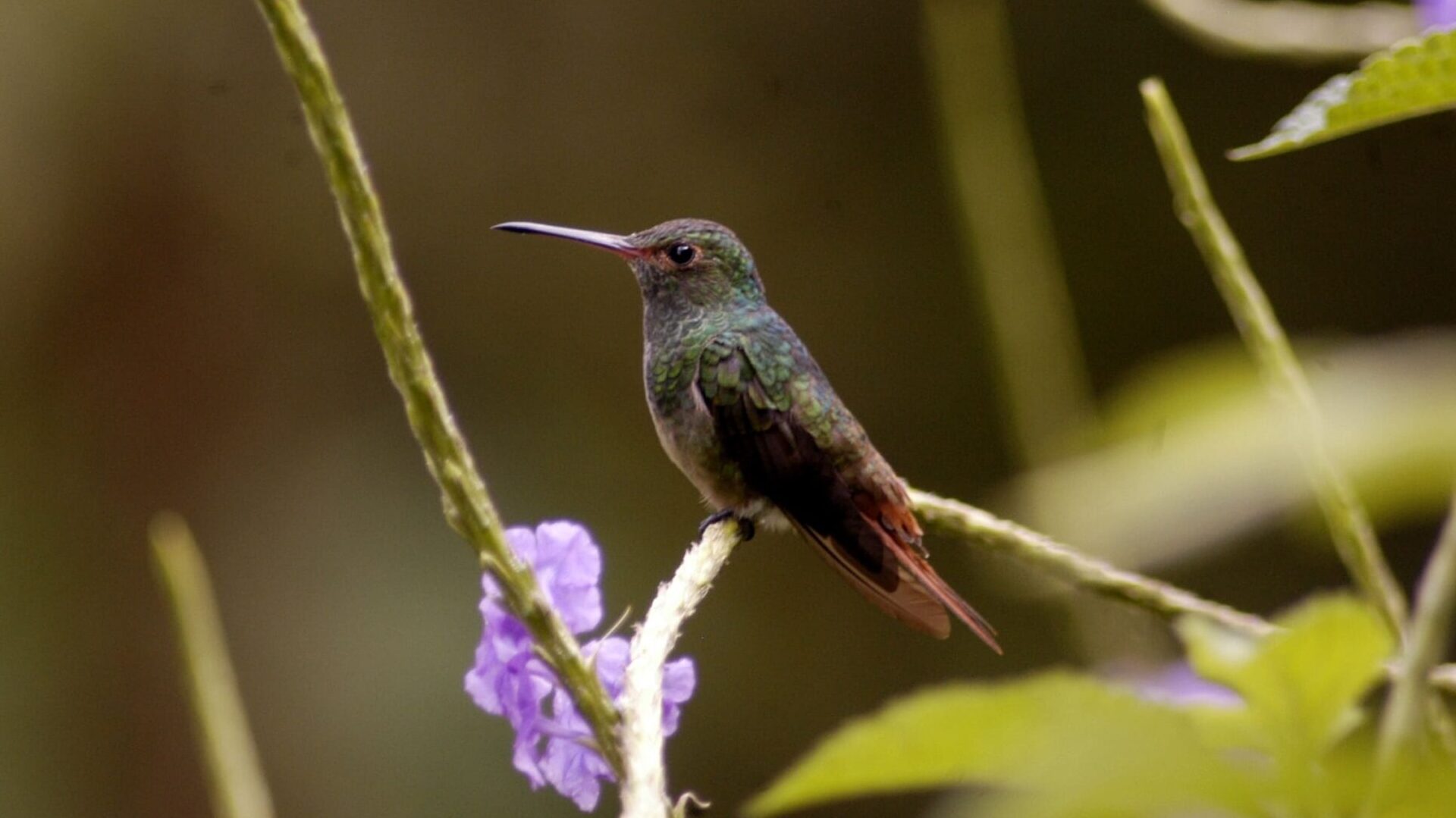The Secrets of the Garden
History and Nature in the Bellavista
Shelters in the cities: Birds
Forty-six species of birds have been observed in the Museum’s garden and its surroundings, of which the rufous-tailed hummingbird (Amazilia tzacatl), the gray-colored thrush or yigüirro (Turdus grayi), the crimson-fronted parakeet (Psittacara finschi), the great kiskadee flycatcher (Pitangus sulphuratus), the rufous-collared sparrow (Zonotrichia capensis) and the blue-gray tanager (Thraupis episcopus) are the most frequently observed.
The garden is also a feeding, resting and protection site for migratory species such as the Baltimore oriole (Icterus galbula), the northern waterthrush (Parkesia noveboracensis), the yellow warbler (Setophaga petechia) and the summer tanager (Piranga rubra), among others.
Birds bring joy to cities, bringing beauty with their colors and songs. They fulfill ecological functions that have great relevance: they are pollinators and seed dispersers; therefore, they are essential in the processes of regeneration and conservation of forests; they are biological controllers of potential pests of invertebrates and vertebrates on which they feed; in addition, they collaborate in the cleaning of these ecosystems, thus avoiding the potential spread of diseases. On the other hand, the growing activity of birdwatching generates income for the economic and social development of the population. A greener city with spaces that provide birds with places to feed, reproduce, and take refuge converges in the conservation of avifauna as well as in the improvement of the quality of life of its inhabitants.

